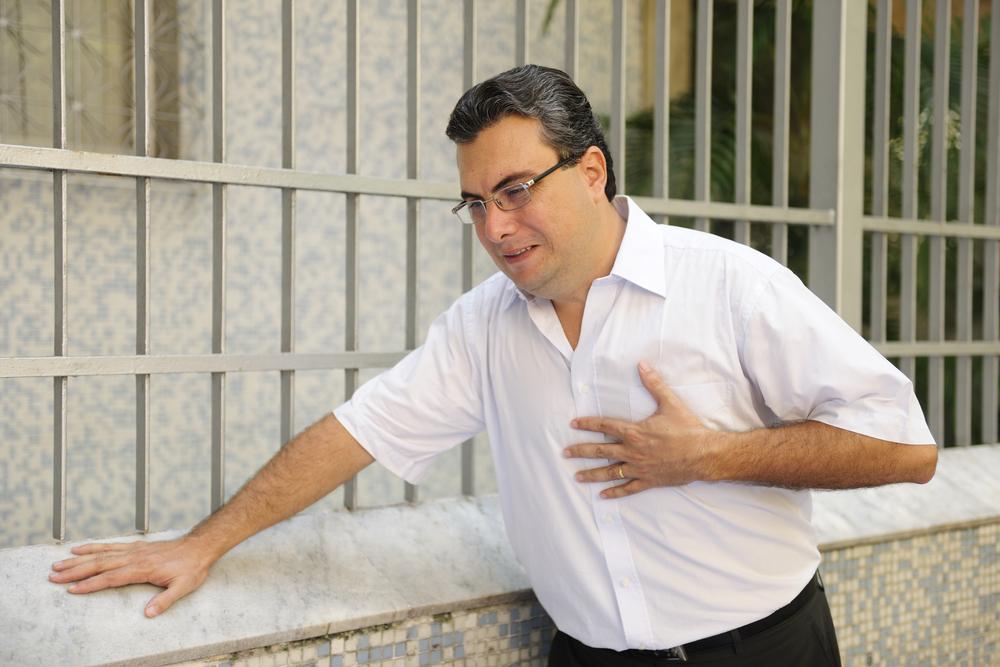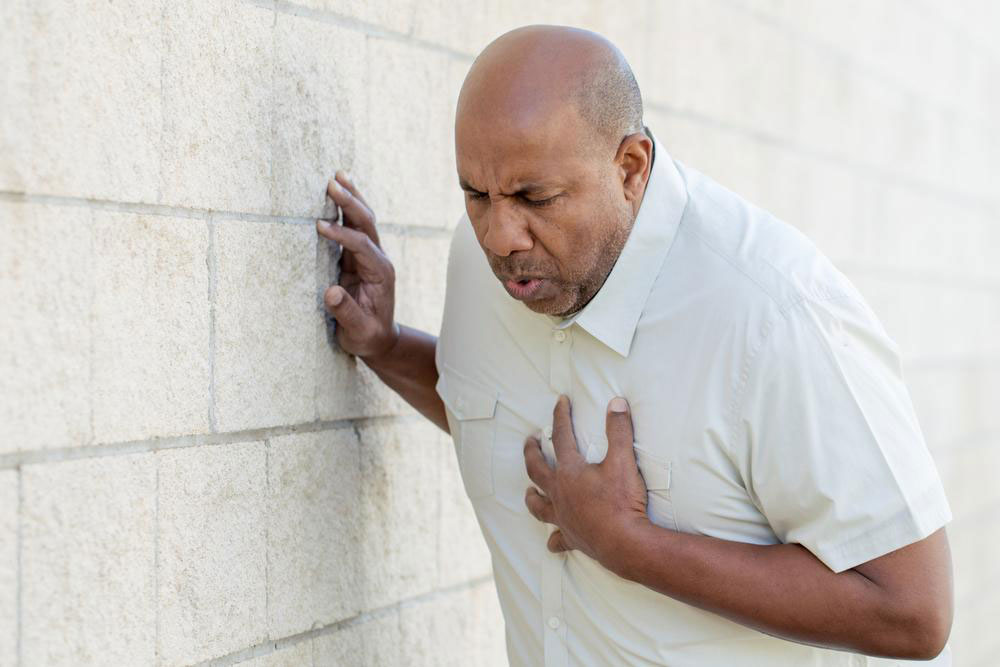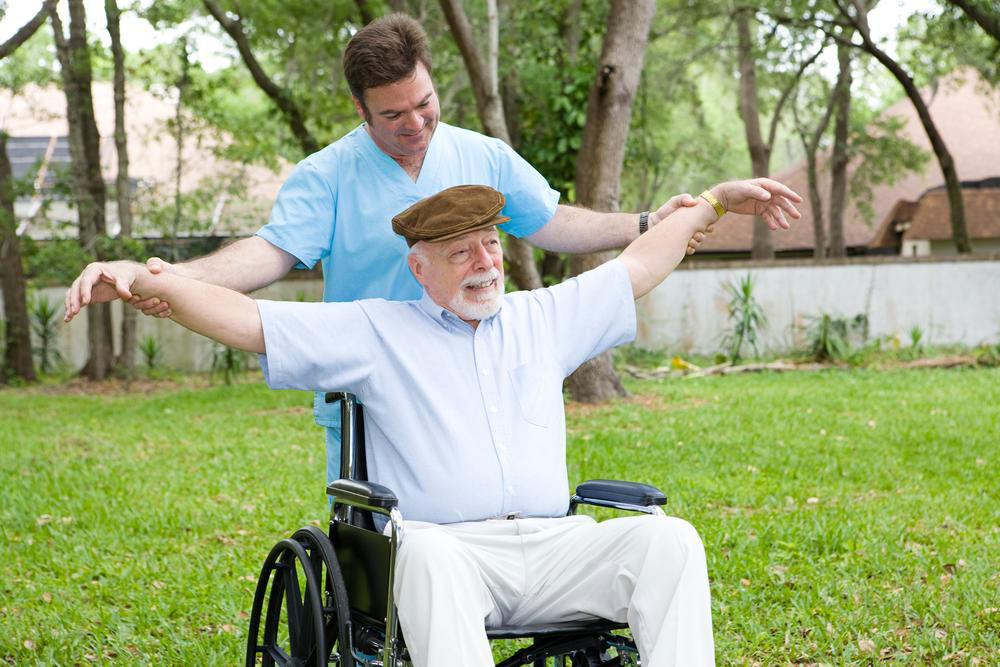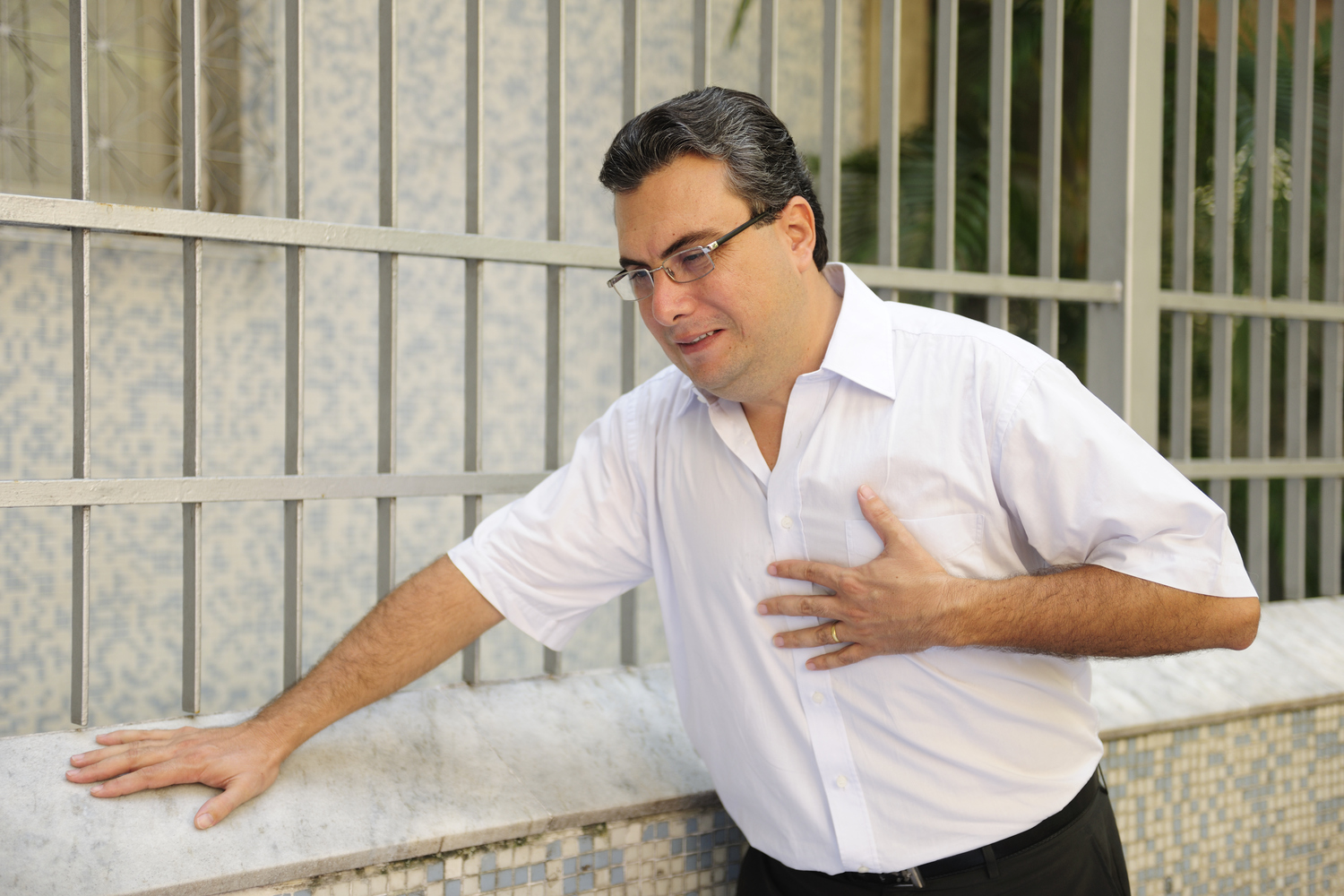Preventing and Recognizing Stroke: Essential Tips
Learn essential ways to prevent and identify strokes, focusing on risk factors like hypertension and high cholesterol. Recognize warning signs early with the FAST method and adopt lifestyle changes for better health post-stroke. Prompt medical attention saves lives and improves recovery outcomes.
Sponsored

Preventing and Recognizing Stroke: Key Strategies
Strokes often present warning signs before happening. Symptoms like facial drooping, speech problems, and arm weakness can indicate an imminent stroke. Prompt medical attention is crucial when these signs appear. A stroke, medically known as cerebrovascular accident (CVA), occurs when the brain's blood supply is disrupted, leading to brain cell damage. Understanding risk factors and early symptoms helps in prevention and timely intervention.
High blood pressure and high cholesterol are primary contributors to strokes. Here’s what influences these conditions:
Hypertension
Also called high blood pressure, it is diagnosed when readings exceed 140/90 mm Hg. Severe cases are over 180/120 mm Hg. Hypertension damages arteries and increases stroke risk, and can cause other issues like dementia. Factors like obesity, sedentary lifestyle, stress, smoking, and excessive salt intake contribute to high blood pressure. Genetics also play a role. Maintaining a healthy lifestyle can reduce these risks and help prevent strokes.
High cholesterol
Elevated cholesterol levels, caused by poor diet, obesity, smoking, or diabetes, increase stroke risk and often coexist with hypertension. Lifestyle modifications, including a balanced diet and regular exercise, can lower cholesterol and blood pressure, reducing stroke risk.
Early recognition of stroke is vital. The FAST method helps identify common symptoms:
F – Face drooping
A – Arm weakness
S – Speech difficulty
T – Time to seek emergency help
Immediate action improves outcomes. Additional signs include muscle stiffness, involuntary eye movements, memory issues, behavioral changes, severe headache, and overall weakness. Multiple symptoms should be regarded as urgent indicators.
Post-stroke, adopting healthy lifestyle choices is crucial to prevent recurrence and ensure recovery. Proper diet and regular health monitoring are essential for long-term well-being.






